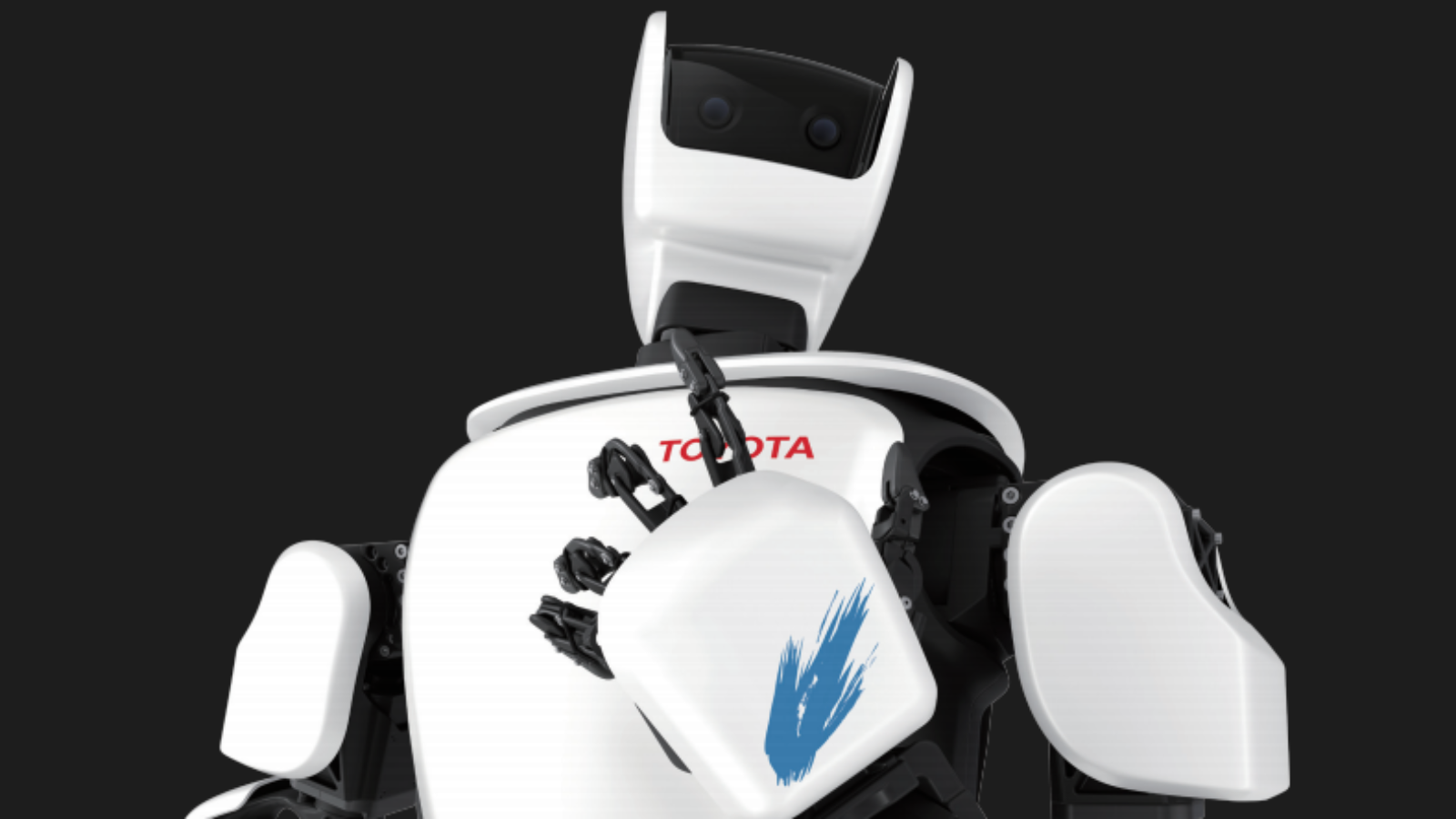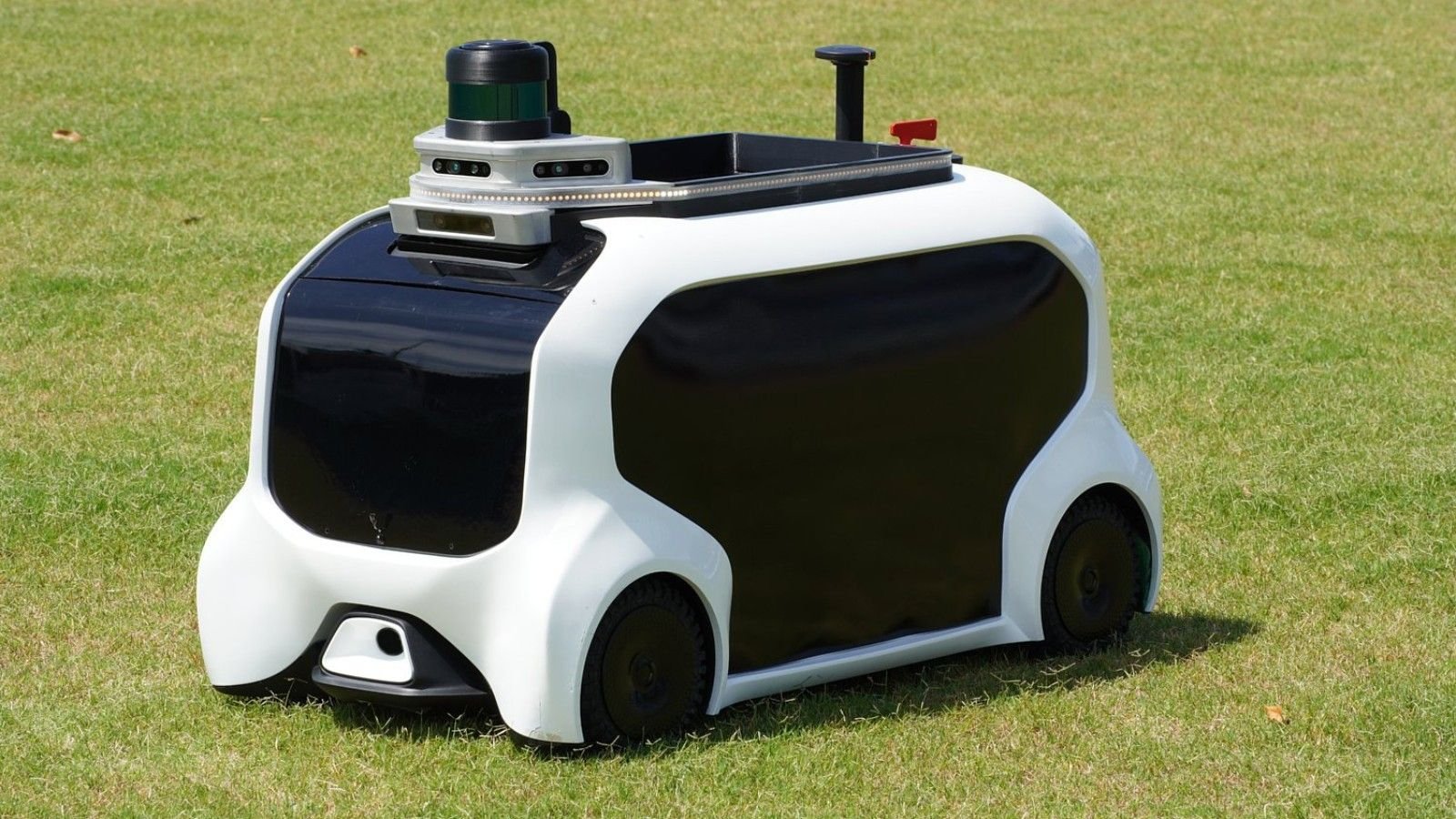Toyota Bringing Mobility and Autonomy to Tokyo 2020
Robots for visual aid, and robots for helping and greeting guests. Robots for moving people, and robots for retrieving equipment. This is just some of the new tech Toyota is bringing to the next Olympic Games in Tokyo next year.


















From Automaker to Mobility Maker
The Olympic and Paralympic Games Tokyo 2020 are under a year out from commencing. Japan intends to make the Tokyo 2020 the most innovative and technologically advanced sporting event ever held. Lending a hand in that is a worldwide partner of the Olympic and Paralympic Games, Toyota Motor Corporation. Toyota's goal for the games is to provide "Mobility for All". Arguably, the platform and exposure to robots and autonomous technology at Tokyo 2020 could be a critical pivot point for mass acceptance among consumers from around the world. Find out what the Toyota has in store for Tokyo 2020!
Photos courtesy of Toyota
Miraitowa and Someity
Supplementing its new mantra, "Mobility for all" and its jump into robotics, Toyota has developed two robot mascots (see above) to welcome athletes and guests to official venues: Miraitowa and Someity. Toyota says the mascot robots will both allow expressions of arm movements via a remote-location robot, and share force-feedback from interactions. A camera mounted on the robot's head can recognize people nearby, and once recognized, use its eyes to respond with/show a variety of expressions. By equipping the robot with miniature joint units across its entire body, the robot offers flexibility when being controlled, and the users can operate the robot safely and with high operational functionality.
Accessible People Mover
To support Tokyo 2020's mobility infrastructure, Toyota is providing a fleet of 200 units of what it calls an "Accessible People Mover", or APM. Essentially a fancy golf cart, the APM is expected to take two forms at the 2020 games: "Basic Model" and "Relief". Toyota says the Basic Model APM will offer a "last one mile" solution that helps transport as many people as possible to events and venues. This includes athletes and staff related to the Games as well as all types of visitors with accessibility needs such as the elderly, people with impairments, pregnant women, and families with small children, among others. The Relief model will be used to support relief activities at events/venues around the Games.
T-HR3 (Humanoid Robot)
Another robot Toyota has created is called the T-HR3. Having a Star Wars-like ring to it, Toyota says this humanoid robot will provide a unique way for other guests in remote/distant locations. Those who are unable to be physically present to interact with athletes. Specifically, the T-HR3 robots will be able to reproduce movement from a mascot robot in a remote location in nearly real-time. In addition to providing images and sounds from the remote locations, these robot users will also be able to experience the power of movement and force-feedback, allowing them to converse with and high-five athletes and others, feeling as if they were truly physically present.
e-Palette
Last year, Toyota teased what it called the e-Palette concept. Toyota claimed it was planning to provide the driverless e-Palette to support transportation services for athletes and affiliated guests around the Athlete's Village, but has yet to officially confirm if the next generation battery electric vehicle specially designed for Mobility as a Service (MaaS) will be present at Tokyo 2020.
FSR: Field Support Robot
Toyota has confirmed it will be using a smaller version of its e-Palette concept with a different objective for the Games. Toyota says its Field Support Robot, or FSR, is a special-use robot equipped with autonomous functions to be used for throwing event (i.e. javelin) operations at the Olympic Stadium. The FSR determines the optimal route to travel and follows operating staff on a path that avoids obstacles to retrieve and convey throwing event items. Toyota states the goal of the FSR is to reduce the amount of time needed to retrieve items as well as reduce the amount of staff labor for the events.
T-TR1 (Remote location communication Robot)
Next up is the T-TR1, a Remote location communication Robot. Toyota has developed this virtual mobility/telepresence robot equipped with a camera atop to show a near-life size display. With T-TR1, Toyota says it will give people that are physically unable to attend the events a chance to virtually attend, with an on-screen presence capable of facilitating conversation between the two locations. This robot works by projecting an image of a user from a remote location.
HSR: Human Support Robot / DSR: Delivery Support Robot
Rounding off Toyota's robot lineup is its Human Support Robot / Delivery Support Robot (HSR/DSR). Toyota states that for a portion of the accessible seats at the Olympic Stadium, the Toyota HSR will guide guests to their spots and convey light meals, goods, etc. for them, helping them to more freely enjoy the competition. In addition, the Toyota DSR will directly deliver drinks and other goods to spectators. These items can be ordered from a dedicated tablet. At track and field events, with approximately 500 seats during the Olympic Games and another 500 for the Paralympic Games, the robots are anticipated to serve over 1,000 spectators requiring mobility assistance.
The Future is Now
As the Olympic and Paralympic Games Tokyo 2020 draw closer, you should expect to see more official announcements about Toyota's upcoming mobility and autonomous technology to be displayed on the world stage at the Games, and beyond. While Toyota is still working on testing autonomous technology for its traditional vehicles, like the Lexus LS shown above, it will truly be a sight to see the automaker turned mobility maker take technology and mobility and a step further in the form of robotics. How will the world react? We will find out in July of 2020.
For help with your maintenance and repair projects, please visit our how-to section right here on the forum.
